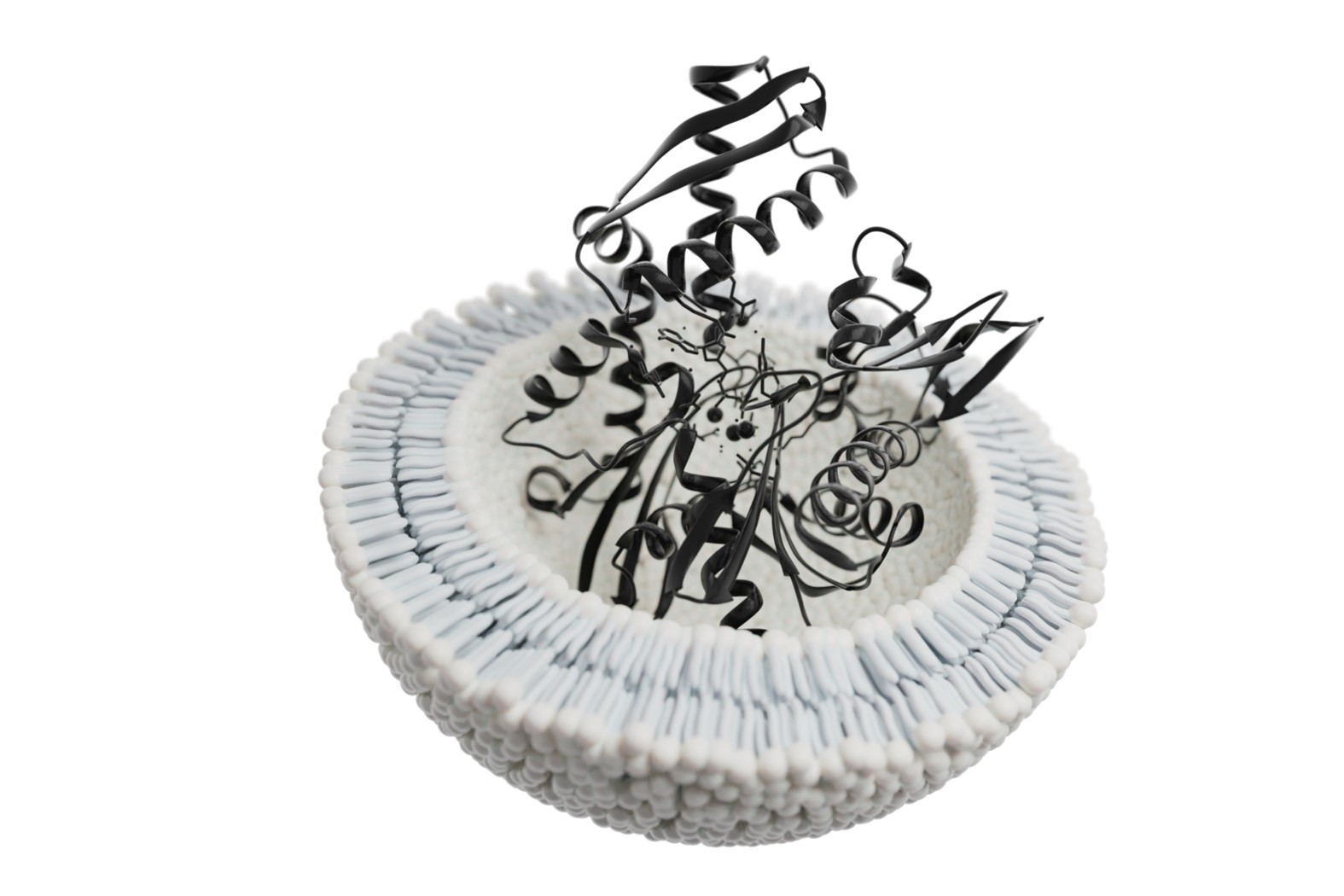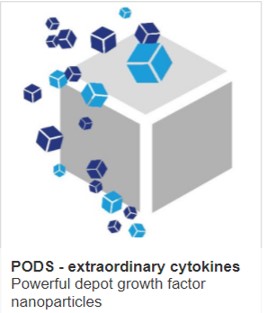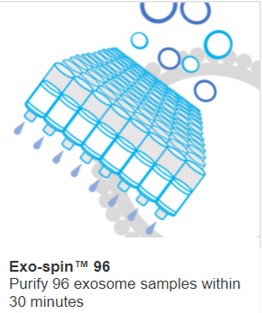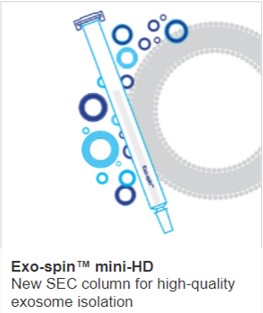What are the options for concentrating EVs?

If you collect extracellular vesicles (EVs) from cell-culture medium, you know a lot of media can be required for a few million EVs. THe same is true of most biological fluids with the exception of blood. The trick isn’t just getting EVs, it's concentrating them without impacting their purity or bioactivity, and picking a workflow and methodology to do this that fits your downstream assay.
Below is a practical, method-by-method tour of the main ways to reduce volume and boost EV concentration, with notes on what they’re good (and not so good) for.
Which biological samples need EV ceoncentration?
In EV workflows, concentration before purification is often needed because biological samples are usually too dilute to process directly. Here are the main types of samples where this applies:
-
Cell culture supernatants
Typically very dilute in EVs, especially when grown in EV-depleted media. Concentration is almost always necessary before downstream purification. Cancer cells, immortalized cells, immune cells and mesenchymal stem cells (MSCs) tend to yield the highest concentrations, but wtill require concentration. -
Urine
Large volumes can be readily collected, but EV concentration is required because EVs are present at relatively low abundance per milliliter. -
Cerebrospinal fluid (CSF)
Small volumes are available clinically, and EV yield is low, so careful concentration (without loss or damage) is critical. -
Blood derivatives (plasma, serum)
These fluids are rich in proteins and other contaminants. Concentration helps enrich EVs before purification, but methods must be chosen carefully to preserve purity. -
Other biofluids (saliva, breast milk, bronchoalveolar lavage, amniotic fluid, etc.)
EVs are present, but the relative abundance and volume vary. Most still require concentration prior to purification to reach workable levels.
Concentrating methods
The options available for concentrating EVs and exosomes are:
1) Ultrafiltration (UF): Centrifugal filters to shrink volume fast
What it is
Spin your sample through a membrane (commonly 10–100 kDa MWCO). EVs (30–200 nm) are retained; smaller solutes pass through the membrane. This the EVs are concentrated above the membrane.
Why use it
- Speed & simplicity: ideal as a pre-concentration step before a higher-purity method (e.g., SEC). PMC
- Buffer exchange: easily switch between PBS or other assay buffers.
- Low-cost, ubiquitous: no special hardware.
Beware of
- Membrane choice matters: regenerated cellulose tends to bind EVs less; recovery can drop on 100 kDa vs 10 kDa membranes (counter-intuitive but documented). Nature
- Fouling/adsorption onto the membrane: can lower yields; gentle spins and pre-clears help.
- Does not generate high-purity by itself: the method will co-retain proteins and aggregate. Pair with SEC (e.g. Exo-spin) or gradients if you need cleaner prep. – which you will for many applications PMC
Use for: pre-concentrating cell-culture medium ahead of SEC; quick buffer exchange before functional assays.
2) Tangential Flow Filtration (TFF): Scalable, gentle concentration + diafiltration
What it is
A cross-flow variant of UF where fluid sweeps parallel to the membrane, reducing clogging. Continuous, scalable, and great for diafiltration.
Why use it
- Scales beautifully: from tens of milliliters to liters.
- Gentler than UC; faster than serial dead-end UF: widely used in EV bioprocessing and often combined with SEC for high purity. BioMed CentralPMC
- One-pot buffer exchange: concentrate and exchange buffers in the same run. PMC
Beware of
- Up-front hardware cost is higher than centrifugal UF.
- Purity is “UF-level”: pair with SEC or density methods if you need to strip lipoproteins/proteins. BioMed Central
Use for: medium–large volumes; manufacturing-like workflows; when you want a concentrated, buffer-exchanged feed ready for SEC.
3) Polymer Precipitation
What it is
A polymer (e.g. Exo-spin buffer) aggregates EVs; gentle spins are then used to pellet them. The process is fast and it concentrates large volumes without expensive hardware. Best for: cost-effective pre-concentration before SEC; not recommended as the only step for proteomics or detailed biophysical analyses.
Why use it
- Throughput & convenience: can be useful to pre-concentrate liters of conditioned media at low cost.
- Pairs well with SEC: use as a pre-concentration step, then clean up on a column. CellGS
Beware of
- Co-precipitation: brings along proteins, lipoproteins, and precipitant carryover, which can compromise omics/biophysical readouts if used alone. Follow with SEC for purity. Preicpitatnts can interfere with downstream analysis, nitabky mass spec instruments may be damaged by precipitant carry-over.
Options for cleaning up EVs after concentration
1) Size-Exclusion Chromatography (SEC): Purify cleanly (and keep EVs happy)
What it is
Separates by size on a porous resin; EVs elute early; free proteins/lipids later.
Why use it
- High purity & intact EVs: gentle on membranes; ~99% free protein removal is achievable on purpose-built columns. CellGS
- Reproducible: great for omics and functional studies when you care about co-isolates. CellGS
- Exo-spin™ mini / mini-HD / midi / 96-well: pre-packed SEC with formats for single tubes to high-throughput plates. The system supports iterative loading and pre-concentration for low-EV samples like cell-culture medium, and reports ~99% protein removal and ±5% yield reproducibility (96-well).
Beware of
- SEC by itself doesn’t concentrate; for dilute media, first concentrate (UF/TFF or precipitation) or iteratively load the column to handle bigger volumes. Cell
Best for: RNA-seq, biomarker work, functional assays—anywhere purity and intact vesicles matter, and proteomics (except mass spec).
2) Ultracentrifugation (UC): Classic pelleting (differential & density gradients)
What it is
High-g spins pellet EVs. Differential UC stacks spins; density gradients (e.g., iodixanol/OptiPrep™) add buoyant-density separation.
Why use it
- Widely available in core labs: works across many biofluids.
- Gradients can deplete lipoproteins and improve purity. eLife
Beware of
- Shear/aggregation & time: repetitive UC can damage EVs; gradients are time-consuming and lower yield. ScienceDirectPMC
- Equipment intensive: Need to book time on core instruments and less scalable than SEC
Best for: when buoyant density separation is essential (e.g., plasma with heavy lipoprotein burden) and you can afford time/throughput trade-offs. Protemics
Purify then concentrate
1) Asymmetric Flow Field-Flow Fractionation (AF4): Fractionate, then concentrate
What it is
A column-free separation driven by flow fields; resolves nanoparticles with high size resolution.
Why use it
- Analytical separation & sub-populations: gentle, label-free; can split sEV subsets or remove aggregates with high resolution before a final concentration step. PMC
Beware of
- Specialized equipment need; you’ll still need a concentration step (UF/TFF) afterward for tiny fractions.
Best for: analytical fractionation and mechanistic studies; not a primary “volume reduction” method by itself.
Putting it all together: recommended workflow dependent on downstream need
Proteomics (MS) & deep cargo profiling
- TFF/UF → SEC is a strong, gentle combo balancing recovery and purity; gradients if you must clear stubborn lipoproteins.
- Consider Exo-spin™ mini/mini-HD/midi/96 after UF/TFF; these columns routinely remove ~99% free protein. BioMed CentralCellGS
Small-RNA-seq / transcriptomics
- Prioritize purity to avoid polymer/protein carryover: UF/TFF → SEC (avoid stand-alone precipitation).
Functional cell assays & bioactivity
- Gentle wins: SEC-based workflows preserve membrane integrity; TFF is kinder than hard UC; minimize repeated high-g spins.
- Exo-spin SEC formats are designed to keep vesicles intact with low contaminants. CellGS
Biomarker discovery from plasma
- SEC is a good first pass (clean, reproducible). For maximum lipoprotein removal, add a density gradient step. eLife
- Exo-spin™ 96 enables plate-based SEC for many samples with ±5% yield SD—great for clinical cohorts. CellGS
High-volume culture harvests / scale-up
- TFF followed by SEC is increasingly being chosen for process-like workflows and clean concentrates. BioMed Central
Archiving, shipping, and on-demand recon
- Post-purification lyophilization with protectants; consider CellGS’s freeze-drying service.
A simple method picker (for cell-culture medium)
- ≤10 mL: SEC alone (e.g., Exo-spin™ mini) or UF followed by SEC. CellGS
- 10–250 mL: Pre-concentrate (UF or Exo-spin™ Buffer) followed by SEC (mini/mini-HD). Iterative loading works too. CellGS+1
- 250–500 mL+: TFF (or precipitation) followed by Exo-spin™ midi (larger bed; faster handling of big volumes). CellGS
- Dozens of small samples: Exo-spin™ 96 (up to 96 samples in CellGS
Don’t forget QC (and fast readouts)
- NTA for size/concentration: CellGS offers an NTA Size Profiling Service (ZetaView®) with full reports—handy for batch-to-batch checks. CellGS
- Immuno-assays: ExoLISA™ (CD9/CD63/CD81) quantifies EV-bound tetraspanins in purified or unpurified samples in 96-well format—useful to track recovery across steps. CellGS
IMAGE Exosome CREDIT Guillame Pelletier (CC4.0)
Learn more about powerful technologies that are enabling research:



